Museum Collages
The following collages are housed in the Vištytis Secondary School museum.
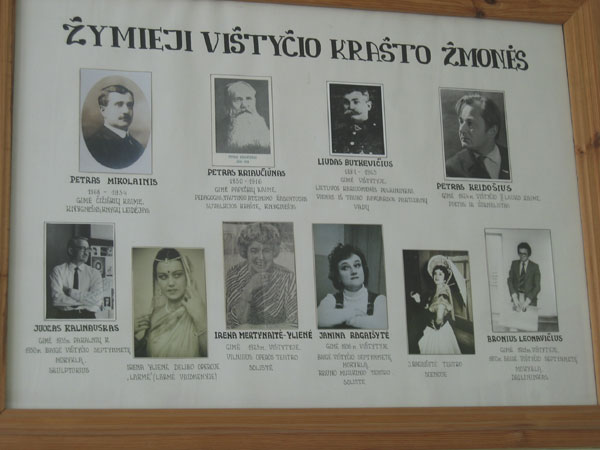
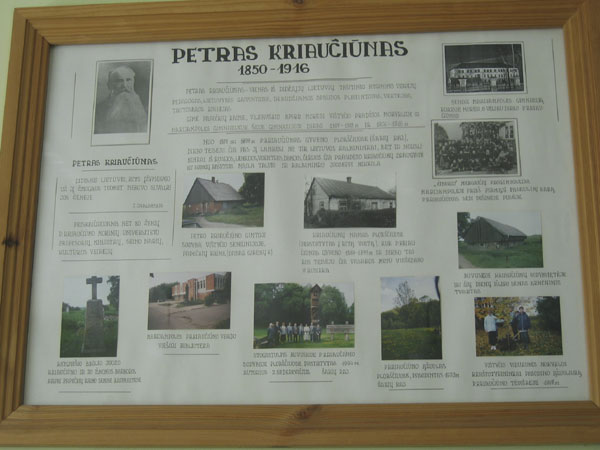
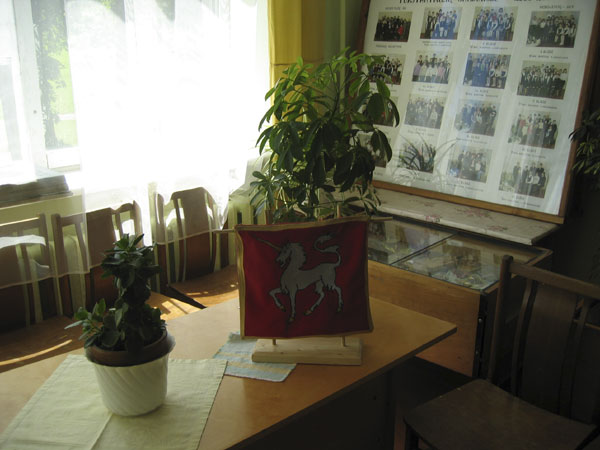
Still at the museum, we sat down (on student size chairs) and the curator showed us three booklets outlining various aspects of local history. Our guide Ruta translated the contents as we turned each page. One book concerned the history of the school and had pictures and descriptions of the local school system. One notable picture was of a former school official who had been exiled to Siberia during the Soviet period.
The next was a booklet prepared as a student project depicting the former Jewish residents of Vištytis. This consisted of some uncontroversial text and a few pictures of former Jewish residents that had been found in some house attics. There was one group picture which Ruta found amusing. She translated the caption of the picture as, "...well driller Chatzkel, a Jew, next to him on the right is his wife, also a Jew,...".
The curator, who was not from Vištytis, related some stories told to her by her landlady about Jewish residents of Vištytis. The landlady recollected that the Jewish women of the town would give her something to eat and would try to sell her things from their shops. She also said that sometimes the Jewish women would sell goods to the townspeople on credit and would get paid when cash was available. This recollection was meant to be of a positive nature and the curator presented it in a sympathetic tone.
The third booklet was on the history of Vištytis during the 19th and 20th centuries. It had pictures of town groups, bands, militia groups, some town scenes, a typical wedding party, significant events and visits of various dignitaries. It included the 1960 dedication ceremony at Grist Mill, the site where the town's Jewish population was murdered in 1941.
While we were in front of the school, we were shown the Green Flag. The school won this for its conservation program. This was a EU program and this school was one of 12 in Lithuania to win this flag.
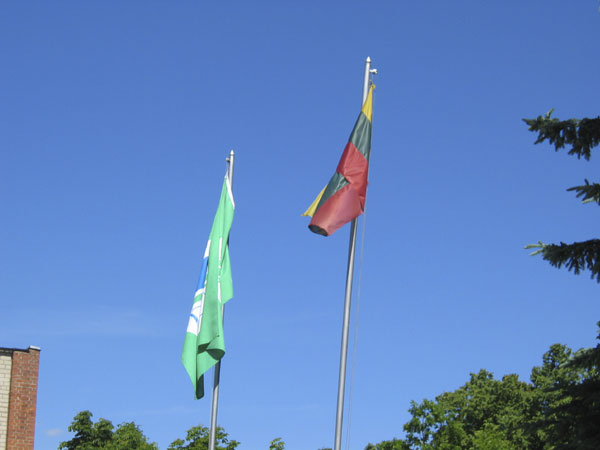
We saw quite a few stork nests while in Vištytis. We were told that the presence of so many storks this year meant that there would be a good harvest. There was a stork's nest just up a small hill from the school.
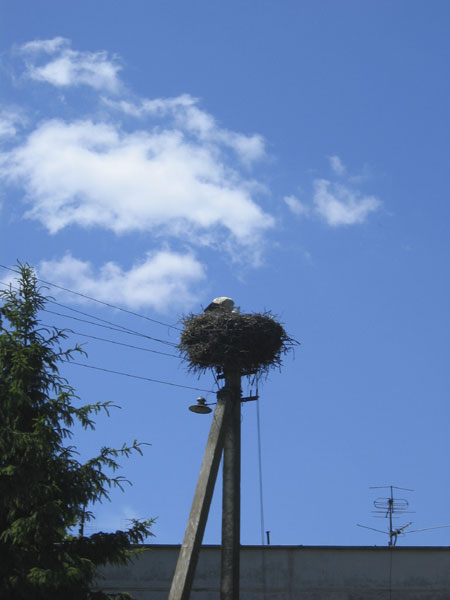
According to local custom, the presence of storks means there will be a good harvest.

